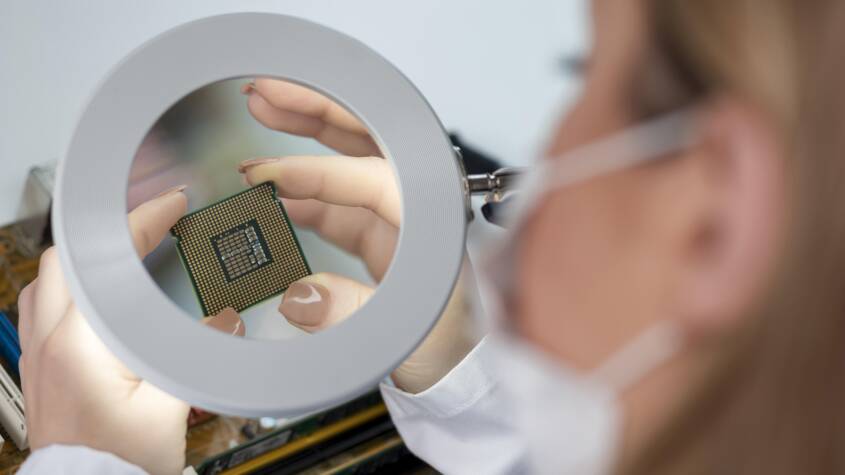Current Advances in Skin on Chip Platform
Recent developments in the skin on chip platform are transforming research in the fields of medicine and cosmetics. The functions of these bioengineered systems are very close to those of human skin. Let us understand some current advances in skin on chip platforms.
What Is Skin On Chip Platform?
A skin-on-chip platform is a small device that creates tiny parts of human skin. It includes layers such as the outer skin, inner skin, and sometimes blood vessels as the skin moves. It better mimics how the body works compared to complex models. This enables precise and careful testing in medicine, cosmetics, and disease research.
Applications in Research & Industry
Skin-on-chip (SoC) systems are revolutionizing business and research by providing more accurate options for beauty and drug tests. These methods enable the reliable testing of skin products for itching, absorption, and sensitivity, thereby reducing the need for animal testing. In addition, they help studies on transdermal drug delivery by providing researchers with a real-life setting to observe how drugs diffuse, permeate, and interact.
SoCs are also crucial for disease modeling because they have immune and circulatory components that can simulate conditions such as cancer or inflammation. They also provide measurable data to support beauty claims, such as anti-ageing, wound healing, and product effectiveness.
Recent Advancements in Skin on Chip Platform
Researchers used a microfluidic chip for permeation test to see how well a new skincare solution could get into the different layers of skin while the flow was controlled. Besides, new advancements in skin-on-chip platforms are transforming how scientists model human skin in the laboratory. Some advancements in the skin on chip platform are:
· 3D Full-Thickness Models
New platforms create full-thickness skin with microfluidic vessels that continuously receive blood. These systems help supply nutrients, improve barrier function, and generate more lifelike tissue reactions, making them superior to static 2D or 3D models.
· Transferred vs. In-Situ Platforms
Transferred systems place skin tissue onto chips that have already been manufactured. In contrast, in-situ platforms grow skin directly within microdevices. Besides, using controlled settings and mechanical input in both methods makes them more physiologically relevant.
· Improved Barriers
Microfluidic flow, even pump less designs, makes the epidermis thicker and the basement membrane stronger. Flow-driven stress promotes natural tissue growth, doubling the performance of the skin barrier compared to standard models.
· Integrated Monitoring of Sensors
Advanced systems now have sensors built in that measure things like transepithelial electrical resistance and pH in real-time. This allows skin function to be continuously and non-invasively monitored while it is exposed to something on the skin or in the body.
· Multi‑Cellular
New models utilize keratinocytes and sensory neurons in microchannels to replicate the interaction between skin and nerves. Besides, these are crucial for understanding how the brain and skin respond to sensations, pain, inflammation, and other conditions.
· Regulatory Adoption
New, uniform microfabrication and 3D bioprinting techniques enable the creation of chips suitable for testing cosmetics and drugs. This approach adheres to ethical standards, reduces the need for animal testing, and is compatible with high-throughput processes.
As time passes, the skin on chip platform technology continues to improve, making it easier to test and study human skin. Additionally, these new ideas help produce better and more accurate results, reduce the need for animal models, and make it possible for valuable scientific breakthroughs to occur.
Why You Should Choose a Hi-Tech Workshop for Your Car Servicing
When it comes to servicing your car, the brand is just as important as the service. In St.…








